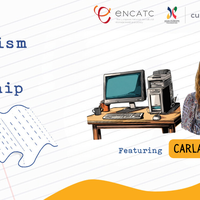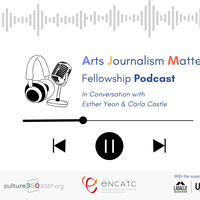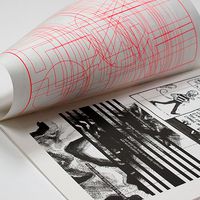Culture, Diplomacy, and Cultural Diplomacy
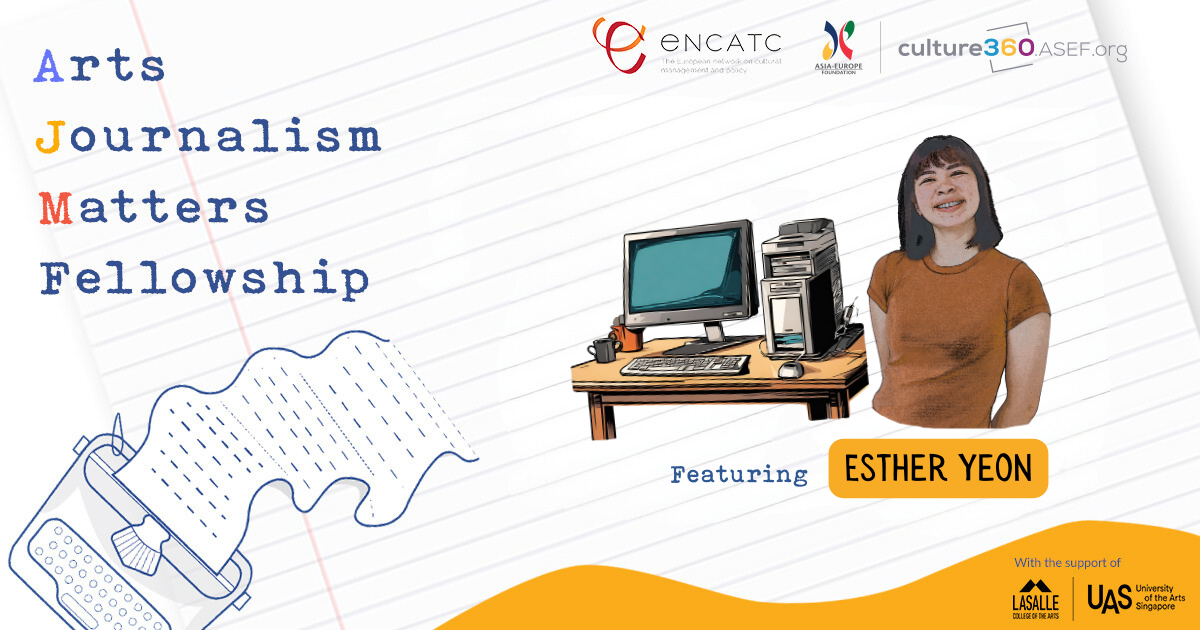
Written by Esther Yeon as part of ASEF culture360 and the European network on cultural management and policy (ENCATC)'s Arts Journalism Matters Fellowship 2023, this article is an attempt to understand cultural diplomacy from a layman’s point of view, by deconstructing the terms and putting them back together. It is also a perspective from a Gen Z youth, of how cultural diplomacy could take place in our everyday, aside from the political realm. The author also reflects on how her take on cultural diplomacy has been shaped, after immersing herself in the inaugural ASEF LinkUp | Asia-Europe Cultural Diplomacy Lab in October 2023.
When I think of the word ‘diplomacy’, it is almost immediately loaded with connotations of everything to do with balancing national interests and war prevention. It could be due to the influence from my recent Netflix binge of the suspenseful and cerebral series of “The Diplomat”, that follows the journey of an American Ambassador in her new post in London. Throughout the series, it depicts her problem-solving skills in navigating the minefields of international diplomacy and nuances in an action or the use of phrases. It was surely an exhilarating ride throughout the eight episodes and I would highly recommend that series. Even though it is mostly fictitious – art imitates life, and there is a chance that it may not stray too far from the truth of how life is in the field of governance and diplomacy around the world.
Takeaways from Italian Ambassador-Designate H.E. Dante Brandi's Provocation
It reminds me of the sharing on the second morning of ASEF LinkUp, when Italy’s Ambassador-Designate to Singapore, H. E Dante Brandi spoke about how diplomats now serve as architects of choices. In the age of open access to information and globalisation, Ambassador Brandi emphasises the need for Italy and any other nation to show what they can bring to the table for the world, that contributes to the global public good of humanity. It is also crucial for the nations to mobilise the people and organisations when they show interest in your proposal because conviction alone is not enough. He also makes it clear that this form of public diplomacy is not propaganda, even though there are political interests involved.
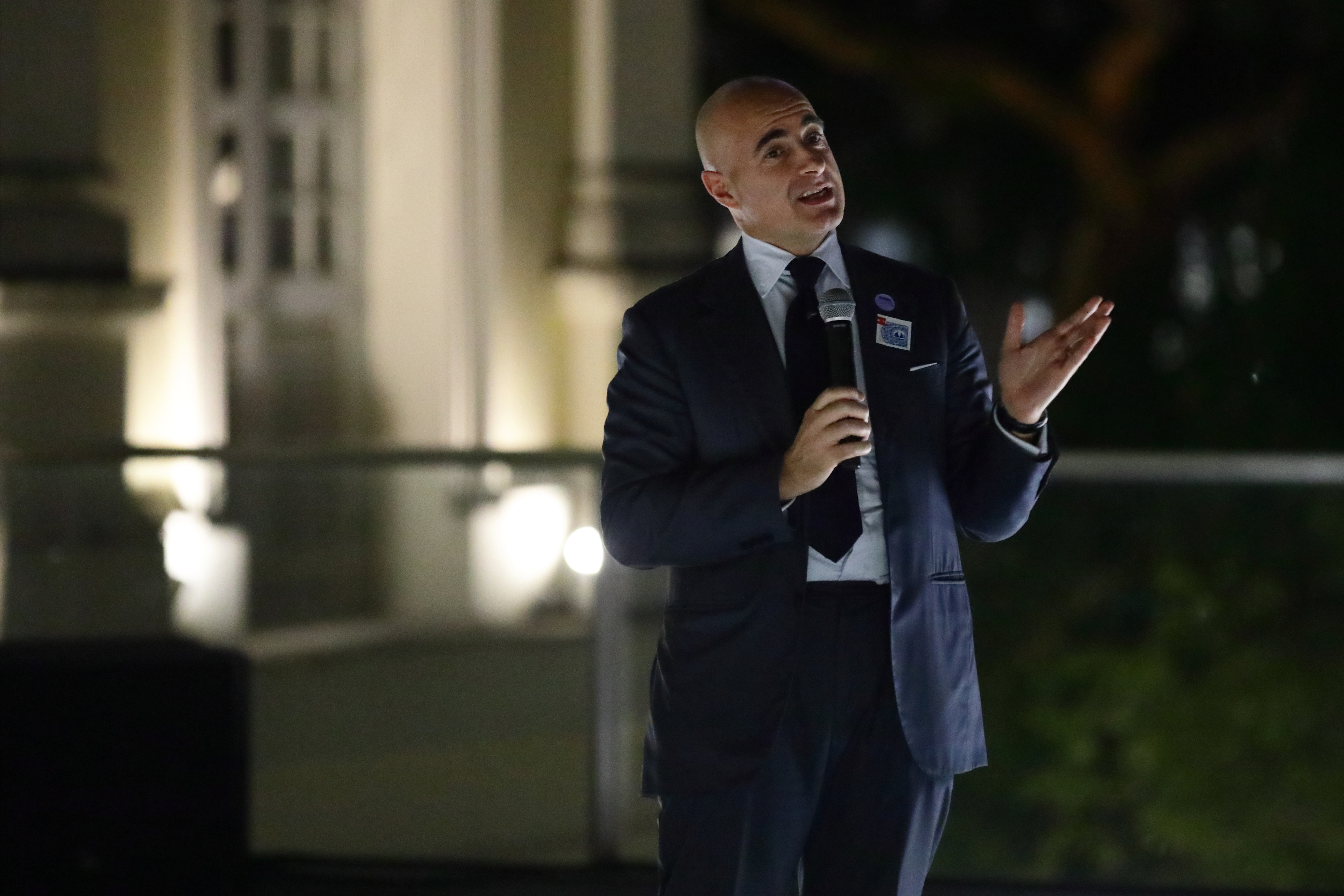
1. Ambassador Brandi speaking at ASEF LinkUp © Asia-Europe Foundation 2023
One example is how they are pitching the preservation of Venice, the UNESCO World Heritage Site as a global heritage, that does not only belong to Italy but to the global audience. In this way, the domestic commitment to preserve the site would be reinforced when the general audiences and tourists come. It would encourage them to be mindful of Venice’s needs and etiquettes for the longevity of the place. This allows for the locals and visitors to work towards a common vision and allow more people to witness the beauty and experience of Venice, which is Italy’s gift to the world.
Understanding Culture
Cultural diplomacy is rather interchangeable with the term ‘soft power’ in the minds of cultural workers and governments alike and it would be the same in this article. Soft power is something that has been in the spotlight recently as we see outbreaks of violence and mass destruction toward communities play out in such display of hard power in recent years.
I will confess that I did not give much thought to this topic before I was accepted into the Arts Journalism Matters Fellowship, but I ended up on the opposite end of the spectrum by the end of it. While I had an exponential increase in interest and curiosity about the topic as I researched more, I also ended up with more questions than answers.
Fortunately, I was able to find perspectives that shed light on some of these questions through ASEF LinkUp, in October 2023. That really helped me to guide my train of thoughts and simultaneously fed my curiosity on new subtopics that emerged. This article will be my humble attempt to tackle and deconstruct the idea of cultural diplomacy and try to define what cultural diplomacy and soft power means to me.
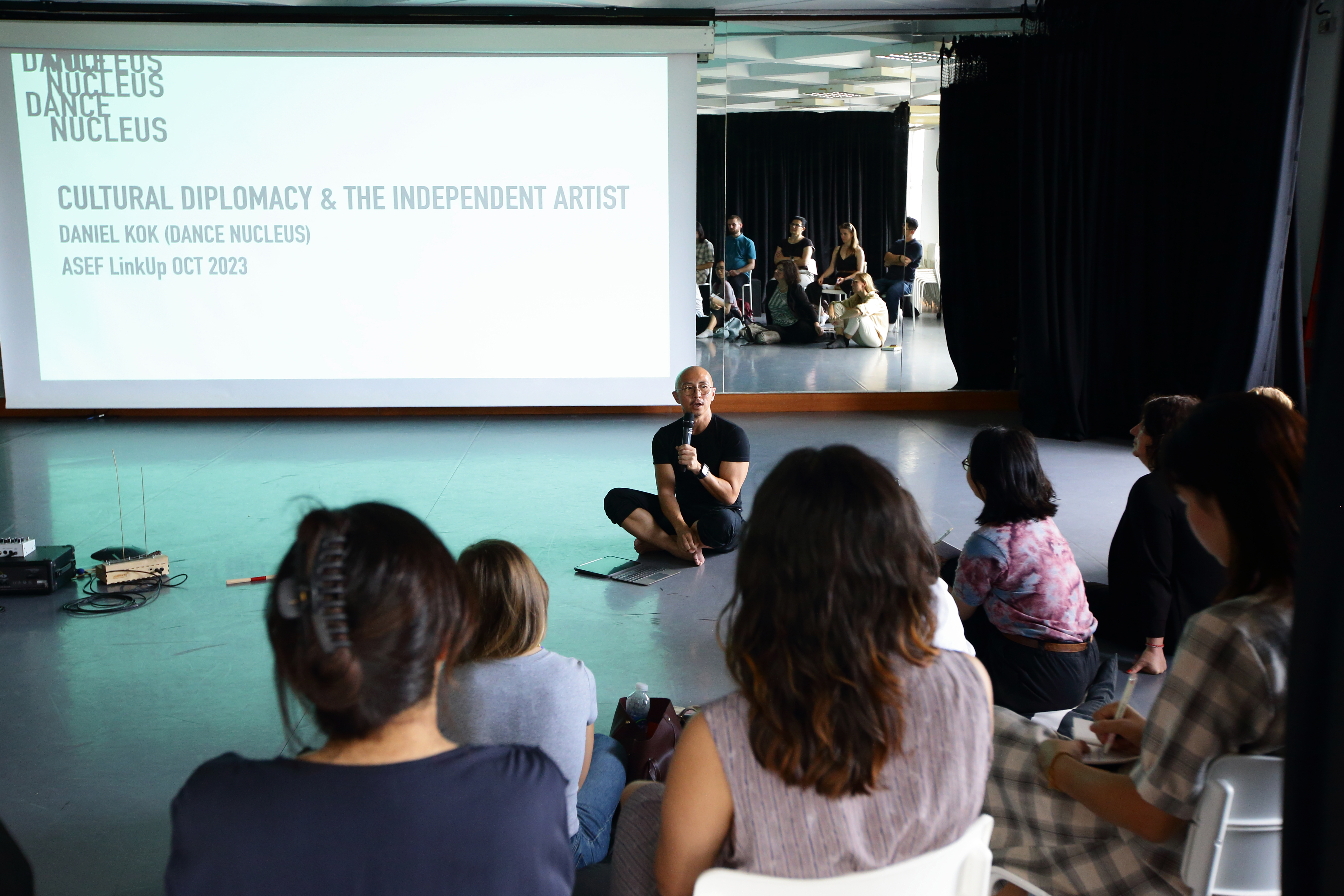
2. Dance Nucleus Artistic Director, Daniel Kok speaking about cultural diplomacy and the independent artist at ASEF LinkUp © Asia-Europe Foundation 2023
For me to understand cultural diplomacy, I had to start with a topic that I was more familiar with – culture. Coming from an arts management background, culture is something to be embraced and celebrated, preserved, and repackaged to appeal to the youths for longevity. It is also almost always referred to in relation to the UNESCO tangible and intangible cultural heritage lists.
Definition of Culture
According to Merriam Webster Dictionary, it is defined in several ways, and I have chosen these two that were the most relevant to this article:
the customary beliefs, social forms, and material traits of a racial, religious, or social group
the integrated pattern of human knowledge, belief, and behavior that depends upon the capacity for learning and transmitting knowledge to succeeding generations
These definitions make sense to me, as I understand culture as a way of life of a group of people with meaningful rituals and identifiable mannerisms. It is something that I enjoy immersing myself in when I experience art from an ethnic minority or just about anyone who shares about the food made from a family recipe. Culture differs from one community to another, and sometimes it clashes when an exchange of cultures occurs. It may be inevitable and it can be difficult to find a common ground, but it is not impossible.
Takeaways from Shahmen Suku’s Residency at NTU CCA
One example is the artist-in-residence at Nanyang Technological University Centre for Contemporary Arts (NTU CCA), Shahmen Suku’s work that we visited during one of the ASEF LinkUp networking sessions. Shahmen was born in Singapore and had moved to Australia, where he worked as a performance artist. His work in residence explores the maternal side of his family’s failures, deaths, and the ceremonies in his family histories.
The smell of the incense from Hindu rituals that wafted up our nostrils indicated that we had entered into a realm of another’s culture. Videos of him making family recipes as Radha, his alter ego in drag, was a jarring contrast of the traditional and modern cultures, embraced by a contemporary.

3. Shahmen Suku and his alter ego, Radha La Bia © Aaron Walker
Despite his modern approaches in exploring the Tamil traditions previously, a need for traditional cultural validation might be what fuels his work. The need to know “who I am” and “where I came from” are existential questions that perhaps when we get to the root of our family trees, we can find a hint to. I may be as bold to propose, that culture is the glue that kept the large family tree together, in the midst of the uncertainties and obstacles of life. As he unravels the different stories and findings from his lineage, may it bring him closer to home like never before.
Understanding Diplomacy
Another concept that I am rather unacquainted with but have subconscious interest in – diplomacy. I had always been intrigued by politics and histories of the different nations, kingdoms and empires that have ceased to exist and the reasons behind it through documentaries and books. The analysis of different types of political ideologies fuels my research into how politics influence art and art activism in different nations.
Diplomacy has always been in the background of my interest, whether it be through the arranged marriages of old kingdom royalty, or the military alliances that join hands when an empire is under attack. These influenced my ancient ideas of diplomacy. For the 21st century notions of what diplomacy entails, political and economic factors through organisations like European Union (EU) and ASEAN guide my vague understanding of what diplomacy is – it is about having a representative such as a foreign minister or ambassador to talk things out with the other part(ies) before fighting it out.
Definition of Diplomacy
Merriam Webster Dictionary defines diplomacy as:
- the art and practice of conducting negotiations between nations
- skill in handling affairs without arousing hostility
Thankfully, I was not too far off from the definitions from my descriptions at the start of the article. However, when it comes to cultural diplomacy, things take a dip into the unknown.
Culture + Diplomacy
When I put the terms ‘culture’ and ‘diplomacy’ together, it suddenly combusts into a largely unfamiliar territory because I did not hear about it often until I was in an arts college. In the priority list of a typical ambassador, culture may be considered only when big ticket items like foreign policies, trade and the assignments that are entrusted to them are accomplished. Perhaps, that is why we rarely hear emphasis on cultural items by embassies unless they have the capacity to do so.
However, when we think about soft power, some things that come to mind are: Hallyu Wave, Hollywood, British Council, the Japan Foundation, etc. These things tend to directly influence the people of another country without the help of the embassy and take the form of the arts, language, and funding for cultural projects for the locals. Taking Hallyu for example, it is something that is in the medium of Korean, but with the help of translation tools and the sentiment of how music transcends language, it has become a formidable force around the world, reaching an unprecedented amount of audience.
Singapore’s take on Cultural Diplomacy - Orchid Diplomacy
When I think of cultural diplomacy, I often wonder how Singapore does it. One example of Singapore’s take on cultural diplomacy that I heard about recently on the CNA Correspondent podcast is Orchid Diplomacy. Apparently, there are many orchids that are native to Singapore at the Singapore Botanic Gardens.
There is also a lab for hybrid breeding to cultivate a new species of orchids, and the whole process takes up to two to three years. When the new hybrid orchids are in season, they would be curated for the VIP official that is visiting Singapore based on their dossier, to be selected and named. One example was the late British Prime Minister Margaret Thatcher’s orchid – Dendrobium Margaret Thatcher – named in 1985.
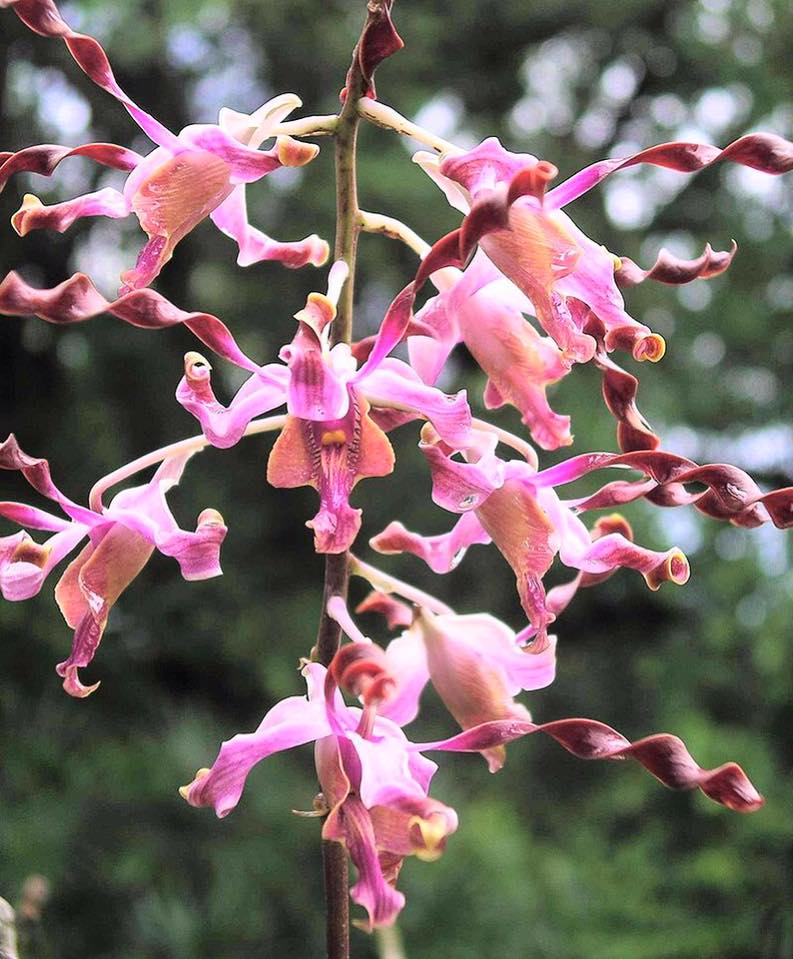
4. Hybrid Orchid, Dendobrium Margaret Thatcher © Emrys Chew
It was a fascinating discovery because I was quite unsure how much of Singapore’s cultural assets could be shared without being confused with Malaysia, especially when it comes to food. I remember having a hard time explaining to my friends from Spain, Ecuador, and China in a Malaysian restaurant in Hong Kong, that I eat these exact dishes in Singapore too, albeit of a different variation. And I went on to explain that Singapore and Malaysia had a shared history at some point, until 1965 when Singapore gained independence. Although they might have not understood what I meant that we shared the same food because of our history, we had an enjoyable meal, nonetheless.
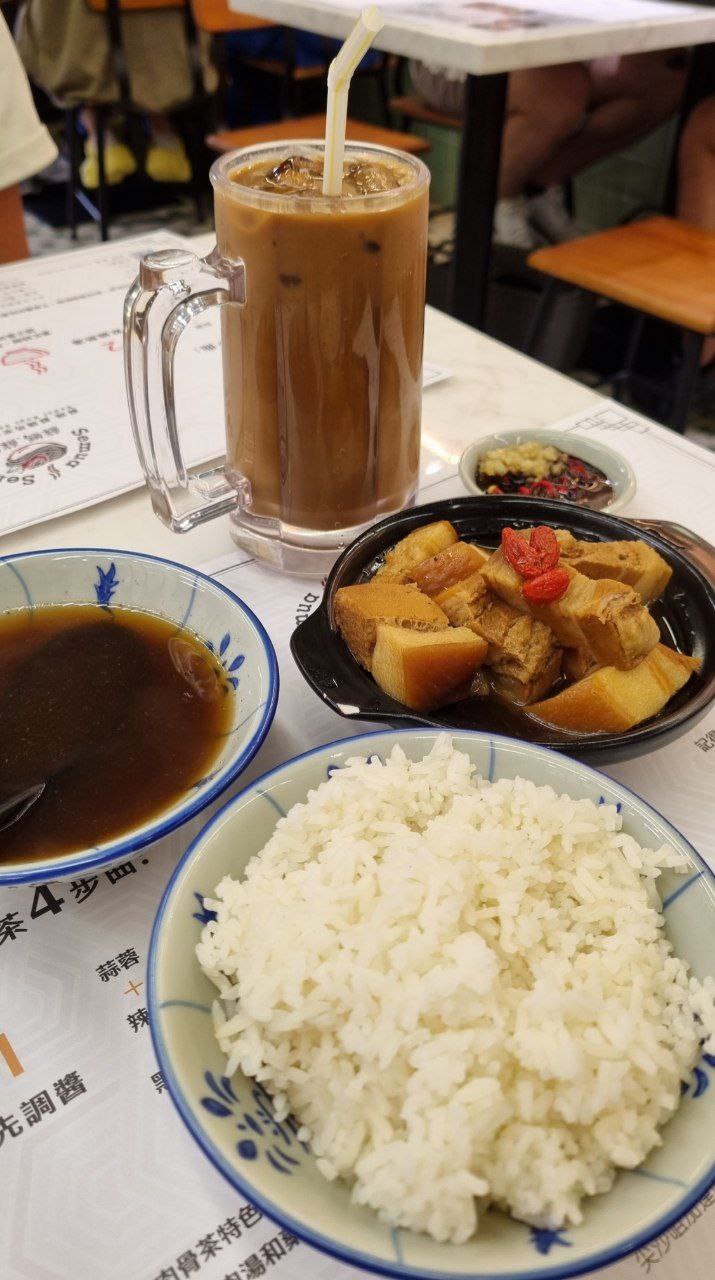
5. Esther's lunch set at the Malaysian Cuisine Restaurant in Hong Kong: Bak Kut Teh (pork bone herbal tea) with rice, dark soya sauce with Chilli Padi and garlic with Kopi C Ice (iced coffee with evaporated milk) © Esther Yeon
Personal Thoughts on Singapore’s Cultural Assets
To me, cultural assets in Singapore related to cultural diplomacy has always been something related to the Merlion or the landscape of the Marina Bay area. It is also almost always followed by the display of the four races in Singapore - Chinese, Malay, Indian and Eurasian symbols, like a typical National Day Parade, except that it is mostly in terms of food. A traditionally and culturally rich and modern nation state. This is what comes to mind when I think about when I think about Singapore’s cultural assets.
Aside from the traditional symbols of traditional culture, accentuating the Singaporean identity in popular culture is also what makes Singapore attractive. Some examples include our local artists Annette Lee and Benjamin Kheng’s song, “Zhe Ge Na Ge (这个那个)” who puts melodies to the way we order economic mixed rice. The song might not make sense in proper English, but it is very coherent in colloquial Singaporean English, or as we know it, Singlish. Through songs, visual art, theatre and even dance, the Singaporean identity and culture are shared in a sophisticated manner, that sometimes can feel cringeworthy to a local, but it is in these mediums that we tell the world about our everyday lives that makes us Singaporeans.
I am sure that there are other cultural assets that Singapore would be proud to show, like how when we commemorated our bicentennial year in 2020, with an immersive experience with a storyline “From Singapore to Singaporean”.
Cultural diplomacy is a term that perhaps throws people off, because of the combination of two very weighty components in the area of governance. Culture is as important as diplomacy for any nation on the earth, perhaps I would argue for culture at times being more important than diplomacy. Without a distinct culture of a people group or nation, they cannot leverage on cultural diplomacy to its fullest potential.
Experiential Workshop Activity
On Day 3 of ASEF LinkUp, the participants took part in an Experiential Theatre Workshop by Kok Heng Leun from Drama Box. One of the segments required participants to voluntarily take on a role that was not their area of expertise, represented by the lanyards offered. They were tasked to hold a pose in anywhere in the room with or without props, based on what they think of the title they hold are at in the present. Some identities on the lanyard include – the EU, Technology, Women, Migrants, Youths, Heritage and Government. They are only allowed to take the lanyards that are not related to their fields, for a less predictable response to the commands.

6. Kok Heng Leun leading the participants through an exploratory workshop surrounding the theme of diplomacy © Asia-Europe Foundation 2023
Towards the end, the command was to move in a way that they thought these titles should influence each other in the future. It was a hilarious sight to behold the slow-motion movements as we witnessed the blurring lines of what depicts reality and our hope for the future.
Takeaways from Experiential Theatre Workshop
“Workshops are romantic,” Heng Leun remarked as part of his conclusion when wrapping up the whole morning’s activities.
I could not agree more. In the confines of these walls, we can be EU, ASEAN, government bodies and so on, and think what we should do to help the others. Take off the lanyard, we are but another of the 1,000 workers in the government that wield limited power and let alone invoke a revolutionary change; an artist that works in a studio for 12 hours while struggling to sell her artworks; a student in college with impending student debt and juggling part-time work while getting my degree... Reality hits. This might sound pessimistic, but it is not to say that we give up on dreaming for a better world or a better future for the ideals that we have. On the contrary, it is to encourage us that perhaps we can be the ‘cultural diplomats’ in our backyards and the catalyst to kickstart the solutions.
Closing Thoughts
When we distil the essence of what cultural diplomacy is all about, to be able to influence another to adopt the value, achieve a common understanding about a problem and find a solution together. We are essentially doing that in our offices, schools and everywhere when we meet or have to cooperate with someone from another nation.
Cultural Diplomacy could look like the sharing of our favourite local food for a dinner party, to the inclusivity of making a conversation accessible for all by translating or code switching. These are the subtle ways that cultural diplomacy plays out in our everyday lives. Perhaps, on an international level, it could be the emphasis of cultural exchanges to foster greater understanding on the national agenda instead of just trade and politics.
To be able to proudly promote and talk about your culture in exchange with another’s culture, there must be a distinguished line to set it apart from the culture of the other. The diplomacy in cultural diplomacy plays out when we acknowledge the ‘lines’ and still look at the other in the eye with respect and acknowledge the difference and seek out a new way of navigating them.
The key to not let a dream remain a dream, is to start working on it. It may be an uphill task to get cultural work to rank higher on the list of priorities. Although, if we think of creative ways to weave culture into the different agendas, and explore different approaches of cultural diplomatic practices, things might be different.
About the Author
Esther Yeon found herself in the thick of programming for two festivals in a short span of 1.5 years - Rock and Indie Festival 2023 (RIF) in Singapore and George Town Festival 2023 in Penang, Malaysia. While she is interested in exhibitions and visual arts, her passion lies in writing about socially engaged arts and topics that touches on the arts, culture and heritage. She aspires to be a jack of all trades with an experiential understanding of the different art forms and the arts landscapes locally and internationally.
Her adventurous spirit and boldness has led her to new places to take on new roles. Esther was an events executive until the pandemic happened. She was also a food writer with Miss Tam Chiak before embarking on her journey in the arts scene, as an undergraduate in BA (Hons) Arts Management at LASALLE College of the Arts.
The Asia-Europe Foundation (ASEF), through its arts and culture website, culture360.ASEF.org is proud to collaborate with ENCATC to present a 2nd edition of Arts Journalism Matters.
This edition launched with a 4-week virtual residency, under the mentorship of Ms Audrey Wong, cultural policy expert and arts educator at LASALLE College of the Arts from Singapore. Selected participants also had the opportunity to practice skills and knowledge gained from the residency, to cover an on-site event, ASEF LinkUp | Asia-Europe Cultural Diplomacy Lab as a journalist. Find out more about the participants who gathered for the first edition of ASEF LinkUp here.
Stay tuned for the next edition of Arts Journalism Matters!
Similar content
By Kerrine Goh
01 Nov 2023
By Carla Castle
25 Jan 2024
By Kerrine Goh
03 Jun 2005
By culture360
05 Aug 2024


